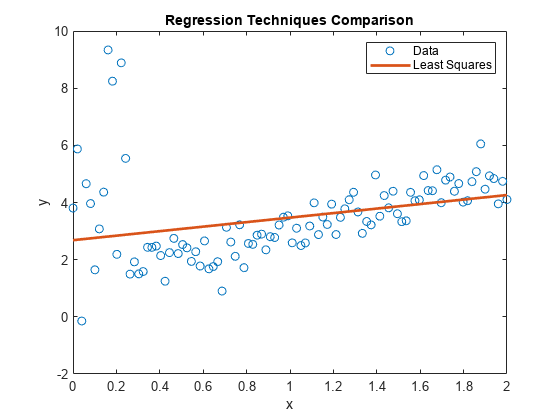

PLoS ONE 14(2):Įditor: Martin Senechal, University of New Brunswick, CANADA (2019) Assessment of the load-velocity profile in the free-weight prone bench pull exercise through different velocity variables and regression models. These results suggest that the individual load-MV relationship should be determined with a linear regression model to obtain the most accurate prescription of the relative load during the free-weight prone bench pull exercise.Ĭitation: García-Ramos A, Ulloa-Díaz D, Barboza-González P, Rodríguez-Perea Á, Martínez-García D, Quidel-Catrilelbún M, et al. 6.60% CV ratio = 1.10), while the within-subject CV was lower for PV (6.36% vs.
#UNITED KINGDOM TO REGRESS TO WEIGHTS TRIAL#
No meaningful differences between the within- and between-subject CVs were observed for the MV of the 1RM trial (6.02% vs. The main findings revealed that (I) the general (Pearson's correlation coefficient range = 0.964–0.973) and individual (median r = 0.986 for MV, 0.989 for MPV, and 0.984 for PV) load-velocity relationships were highly linear, (II) the reliability of the velocity attained at each %1RM did not meaningfully differ between the velocity variables (coefficient of variation range = 2.55–7.61% for MV, 2.84–7.72% for MPV and 3.50–6.03% for PV) neither between the regression models (CV range = 2.55–7.72% and 2.73–5.25% for the linear and polynomial regressions, respectively), and (III) the within-subject variability of the velocity attained at each %1RM was lower than the between-subject variability for the light-moderate loads. General and individual load-velocity relationships were modelled through three velocity variables (mean velocity, mean propulsive velocity and peak velocity ) and two regression models (linear and second-order polynomial). Eighteen men (14 rowers and four weightlifters) performed an incremental test during the free-weight prone bench pull exercise in two different sessions. This aims of this study were (I) to determine the velocity variable and regression model which best fit the load-velocity relationship during the free-weight prone bench pull exercise, (II) to compare the reliability of the velocity attained at each percentage of the one-repetition maximum (1RM) between different velocity variables and regression models, and (III) to compare the within- and between-subject variability of the velocity attained at each %1RM.


 0 kommentar(er)
0 kommentar(er)
